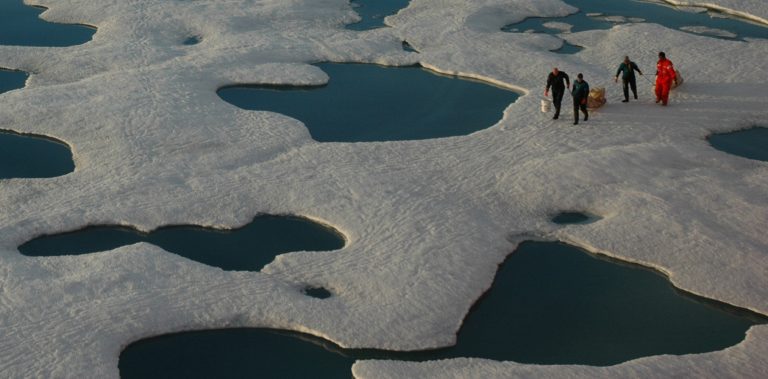“Our ability to gather environmental intelligence about the Arctic is critical, not just to enhancing our understanding of that region, but also to completing the puzzle that we must solve to be able to make predictions about the whole Earth system.”
Dr. Rick Spinrad
Under Secretary of Commerce for Oceans & Atmosphere and NOAA Administrator
Welcome! This website aims to showcase NOAA’s amazing commitments to science, service and stewardship in the Arctic region to support people and commerce.
During the past thirty years, the Arctic environment has undergone profound and unprecedented changes. Temperatures have increased at more than twice the global average and sea ice has diminished sharply. These changes have allowed an opening of the Arctic to new areas of commerce such as shipping, oil and mineral exploration and tourism. The new opportunities have increased the need for better environmental intelligence to understand Arctic change and its impact on regional and global weather and climate as well as improved regional awareness to support communities and industry. The environmental intelligence that NOAA generates in the Arctic supports decisions and actions related to conservation and management to promote healthy, productive and resilient communities and ecosystems.
